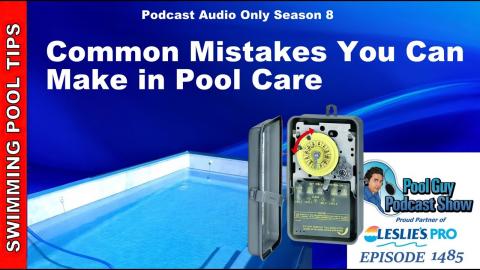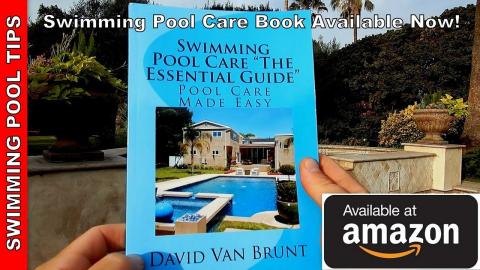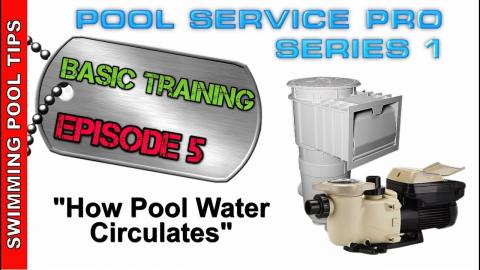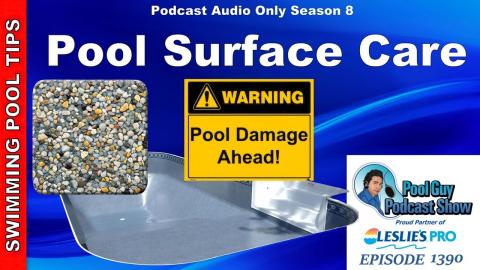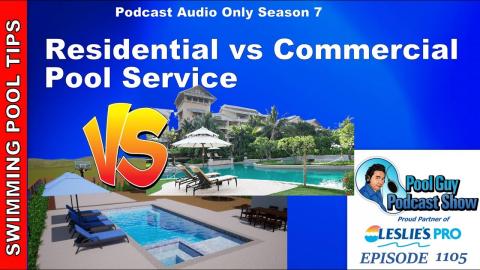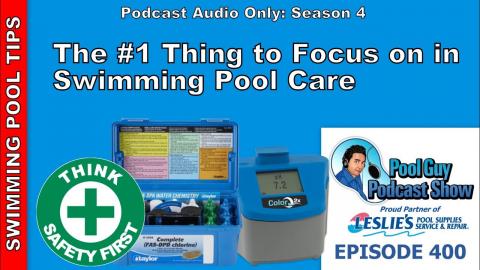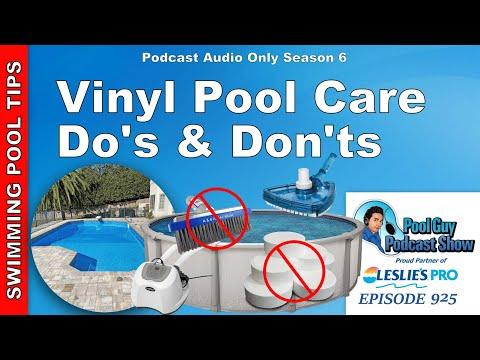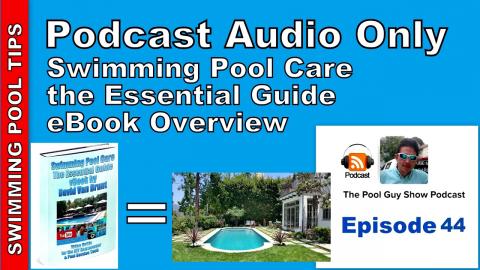How Important in Circulation in Swimming Pool Care
Description
How important is it to run your swimming pool for a set number of hours each day? That question has an easy answer: it is very important to run your pool pump and circulate the water long enough to make the pool safe to swim in, prevent algae, and make the chemicals you add effects. How long is long enough is a tough question to answer as each situation is different.
If you are using the pool frequently in the Summer you would want to run the pool pump as long as possible to ensure safe swimming conditions. You will also want to adjust the pool RPM or speed up accordingly to get proper circulation. Since pool size, time of the season, pump RPM speeds, and usage are all factors the exact amount of time to run it is hard to say. I would use a commercial pool like an apartment complex as your baseline. That pool will be running at 3450 RPM – full speed for 24 hours a day. So adjust down from that depending on your situation.
To calculate a cycle of water you usually need a flow meter attached to your pool equipment. As a rule of thumb 50, GPM is about the average with a single-speed pump running at the full 3450 RPM. You can get a ballpark and use this formula if you do not have a flow meter on your equipment.
Pool size/ 50 Gallons Per Minute/ 60 minutes. Here is an example with a 20,000-gallon pool:
20,000 Gal / 50 GPM /60 minutes = 6 hours and 30 minutes
So a cycle of water will go through the pool once every 6.5 hours. But how much pool water actually will go through the filter and then back into the pool? Here is the study abstract for you.
"The primary objective of this study was to conduct a quantitative analysis of the hydraulic efficiency of a 1:25 bench-scale swimming pool and to determine whether the recirculation efficiency could be increased by modifying parameters such as turnover rate, inlet/out configuration, and extent of mixing within the pool. Salt tracer studies were conducted using KCl to determine the residence time distribution and describe the hydraulic characteristics of the pool. The results indicated that the removal of the tracer always followed an exponential decay curve, i.e. 63, 86, and 95% for the first, second, and third turnover periods, respectively. In the majority of experiments, the exponential decay rate matched the inverse of the theoretical hydraulic detention time of the system. The results showed that none of the investigated parameters had any significant impact on the tracer removal efficiency. Increasing removal efficiencies of current treatment technologies such as sand and cartridge filters from approximately 25–90% would provide significant improvements in the rate of removal of Cryptosporidium-sized particles. Improving the treatment efficiency beyond 90% would have little additional impact, but further improvements could be achieved by decreasing the system turnover rate."
Read the full study here: https://iwaponline.com/jwh/article/16/3/449/39100/A-quantitative-analysis-of-swimming-pool
Does this mean we simply give up on the one cycle through the filter since it only gets 63% of the water through and will never really reach 100% (based on the study only 95% can be reached)? Certainly not. Since the whole reason for circulation is to prevent bather-to-bather disease the longer you can run your pool increases disease prevention. You also prevent algae and poor water quality (cloudy water) by running your pool as much as possible each day during the season.
This study just shows that you need to be aware of the fact that short run times are not effective for your pool. The longer the run times the better. If you are worried about electricity costs, switching to a Variable Speed (VS) pump would be smart.
Visit my Website: http://www.swimmingpoollearning.com/
eBook: https://www.swimmingpoollearning.com/swimming-pool-care-ebook
YouTube Video Index: http://poolmandave.blogspot.com/2014/03/swimming-pool-tips-reviews-how-to-video.html – A list of all of my videos.
Blogger: http://poolmandave.blogspot.com/
Facebook: https://www.facebook.com/swimmingpoollearning/
https://poolguycoaching.com/Twitter: https://twitter.com/Mrdgvb1
Join me on Patreon: https://www.patreon.com/poolguycoaching
Podcast: http://www.buzzsprout.com/110832
Podcast Website: https://www.thepoolguypodcastshow.com/
Coaching Site: https://poolguycoaching.com/
Shop at Leslie's: Leslie’s Pool Supplies has been do-it-yourselfers and pool trade professionals trusted partner since 1963, providing quality products and services to make pool care easy and solutions and expertise to do it right. http://lesliespool.com/?utm_medium=referral&utm_source=spll&utm_campaign=spll


